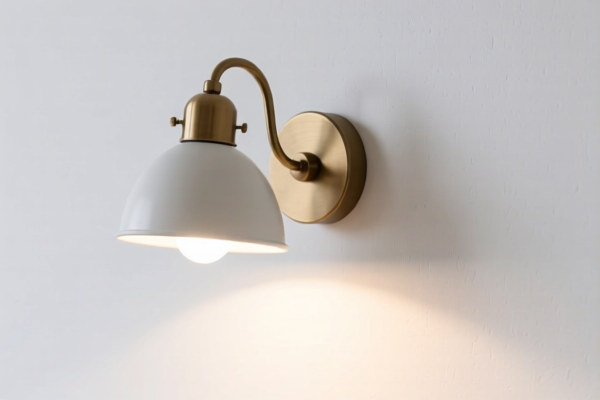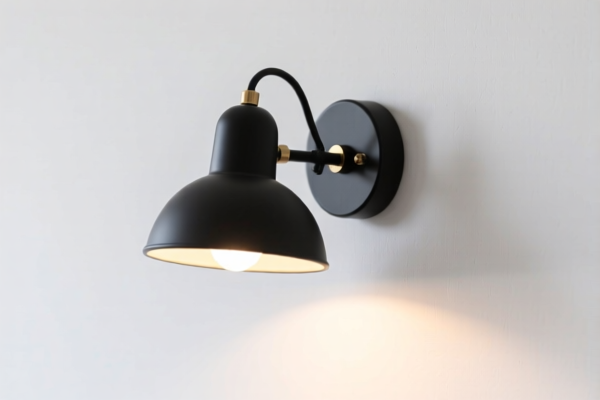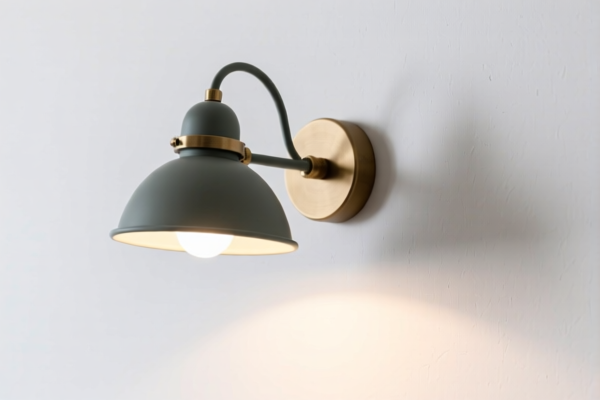| HS Code | Official Doc | Tariff Rate | Origin | Destination | Effective Date |
|---|---|---|---|---|---|
| 8310000000 | Doc | 55.0% | CN | US | 2025-05-12 |
| 9405416000 | Doc | 61.0% | CN | US | 2025-05-12 |
| 9405994090 | Doc | 86.0% | CN | US | 2025-05-12 |
| 8304000000 | Doc | 33.9% | CN | US | 2025-05-12 |
| 8513104000 | Doc | 33.5% | CN | US | 2025-05-12 |
| 8513904000 | Doc | 58.5% | CN | US | 2025-05-12 |
| 8512909000 | Doc | 57.5% | CN | US | 2025-05-12 |
| 8512906000 | Doc | 55.0% | CN | US | 2025-05-12 |
| 8539293050 | Doc | 37.5% | CN | US | 2025-05-12 |
| 8539490080 | Doc | 57.4% | CN | US | 2025-05-12 |
| 9006610060 | Doc | 37.5% | CN | US | 2025-05-12 |
| 9613802010 | Doc | 41.4% | CN | US | 2025-05-12 |
| 9613802090 | Doc | 41.4% | CN | US | 2025-05-12 |




Reptile Lamp
A reptile lamp is a specialized lighting fixture designed to provide heat, light, and in some cases, ultraviolet (UV) radiation necessary for the health and well-being of reptiles and amphibians in captivity. These lamps mimic the natural sunlight required for these animals’ physiological processes.
Material
Reptile lamps are constructed from a variety of materials, chosen for their durability and ability to withstand the heat generated. Common materials include:
- Metal: Often aluminum or steel, used for the lamp housing and reflector to dissipate heat and provide structural support.
- Ceramic: Used in ceramic heat emitters (CHEs) which are designed to produce heat without emitting light.
- Glass: Bulbs themselves are typically made of glass, often with a UV-filtering coating.
- Plastic: Some components, like lamp guards and bases, may be made of heat-resistant plastic.
Purpose
The primary purposes of reptile lamps are to:
- Provide Heat: Reptiles are ectothermic (cold-blooded) and rely on external heat sources to regulate their body temperature.
- Provide Light: Essential for a natural day/night cycle, promoting normal behavior and activity.
- Provide UVB/UVA Radiation: Crucial for vitamin D3 synthesis, calcium absorption, and preventing metabolic bone disease (MBD). UVA contributes to appetite, breeding behavior, and activity levels.
Function
Reptile lamps function through various technologies:
- Incandescent Bulbs: Produce both heat and light. Often used for basking spots.
- Ceramic Heat Emitters (CHEs): Emit heat without light, suitable for nighttime heating.
- Halogen Bulbs: Produce intense heat and light, often used for larger reptiles.
- Fluorescent Bulbs: Provide UVB/UVA radiation and visible light. Require replacement every 6-12 months as UV output degrades.
- Mercury Vapor Bulbs: Produce both heat, light, and UVB/UVA radiation.
- LED Lamps: Newer technology offering energy efficiency and long lifespan, though UVB output can be limited.
Usage Scenarios
Reptile lamps are used in a variety of captive environments:
- Terrariums/Vivariums: The most common application, providing localized heat and light within an enclosure.
- Aquariums (for semi-aquatic reptiles): Used with appropriate shielding to prevent water damage.
- Breeding Setups: Providing specific light and heat conditions to stimulate breeding behavior.
- Quarantine/Hospital Enclosures: Maintaining optimal temperatures for sick or recovering reptiles.
Common Types
- Basking Lamps: Provide focused heat for basking areas.
- Heat Emitters: Provide supplemental heat without light.
- UVB/UVA Bulbs: Provide essential radiation for vitamin D3 synthesis. Available in different percentages (e.g., 5.0, 10.0) depending on the reptile species' needs.
- Full Spectrum Bulbs: Emit a broader range of light wavelengths, mimicking natural sunlight.
- Night Heat Lamps: Emit red or purple light, allowing for observation without disrupting the reptile’s sleep cycle.
- Compact Fluorescent Bulbs (CFLs): Smaller, screw-in bulbs providing both heat and UVB/UVA.
- T5/T8 Fluorescent Tubes: Longer tubes often used in larger enclosures.
Reptile lamps generally function as portable electric lamps designed to function by their own source of energy, and may also include parts thereof.
Here are the relevant HS codes based on the provided reference material:
-
8513104000: Portable electric lamps designed to function by their own source of energy (for example, dry batteries, storage batteries, magnetos), other than lighting equipment of heading 8512; parts thereof: Lamps: Other. This code covers portable electric lamps powered by batteries, storage batteries, or magnetos, excluding those specifically classified under heading 8512.
- 85: Electrical machinery and equipment.
- 13: Portable electrical lamps.
- 10: Lamps.
- 40: Other.
-
8513904000: Portable electric lamps designed to function by their own source of energy (for example, dry batteries, storage batteries, magnetos), other than lighting equipment of heading 8512; parts thereof: Parts: Other. This code covers parts for portable electric lamps powered by batteries, storage batteries, or magnetos, excluding those specifically classified under heading 8512.
- 85: Electrical machinery and equipment.
- 13: Portable electrical lamps.
- 90: Parts.
- 40: Other.
-
9405416000: Luminaires and lighting fittings including searchlights and spotlights and parts thereof, not elsewhere specified or included; illuminated signs, illuminated nameplates and the like, having a permanently fixed light source, and parts thereof not elsewhere specified or included: Other electric luminaires and lighting fittings: Photovoltaic, designed for use solely with light- emitting diode (LED) light sources: Of base metal: Other. This code covers electric luminaires and lighting fittings, including those with a permanently fixed light source, specifically those designed for use with LED light sources and made of base metal.
- 94: Furniture; bedding, mattresses, support, cushioning and similar furnishings; lamps and lighting fittings, not elsewhere specified or included.
- 05: Luminaires and lighting fittings.
- 41: Other electric luminaires and lighting fittings.
- 60: Of base metal.
Regarding HS code 8513104000 and 8513904000, the total tax rate is 33.5% (basic tariff 3.5% + additional tariff 0% + additional tariff 30% after April 2, 2025).
Regarding HS code 9405416000, the total tax rate is 61.0% (basic tariff 6.0% + additional tariff 25.0% + additional tariff 30.0% after April 2, 2025).
Customer Reviews
No reviews yet.